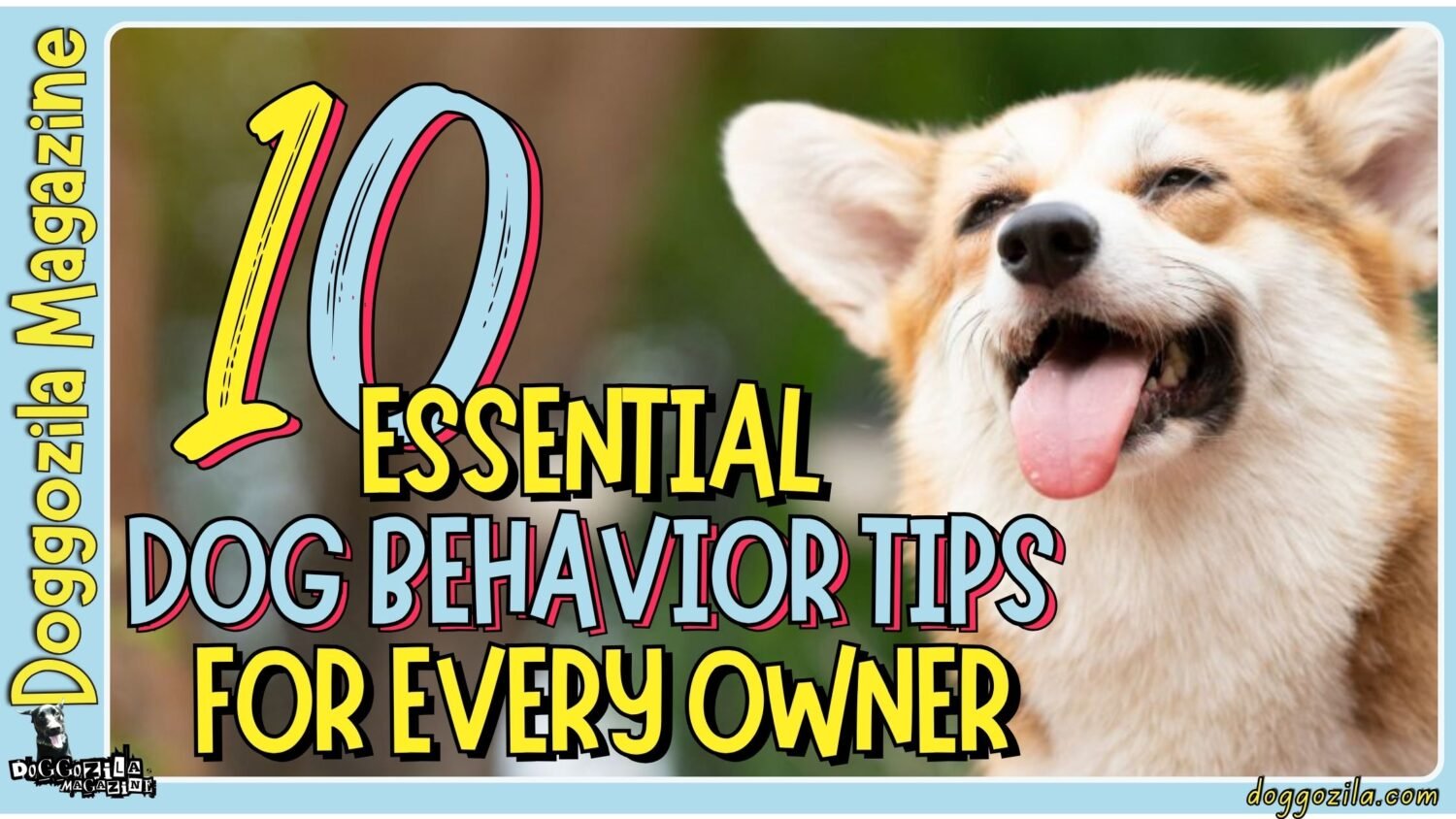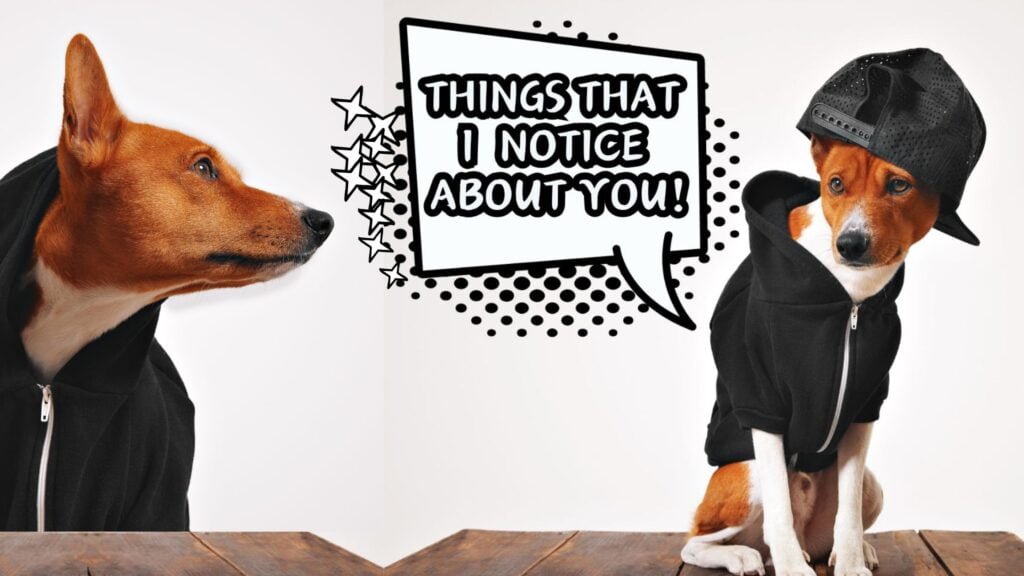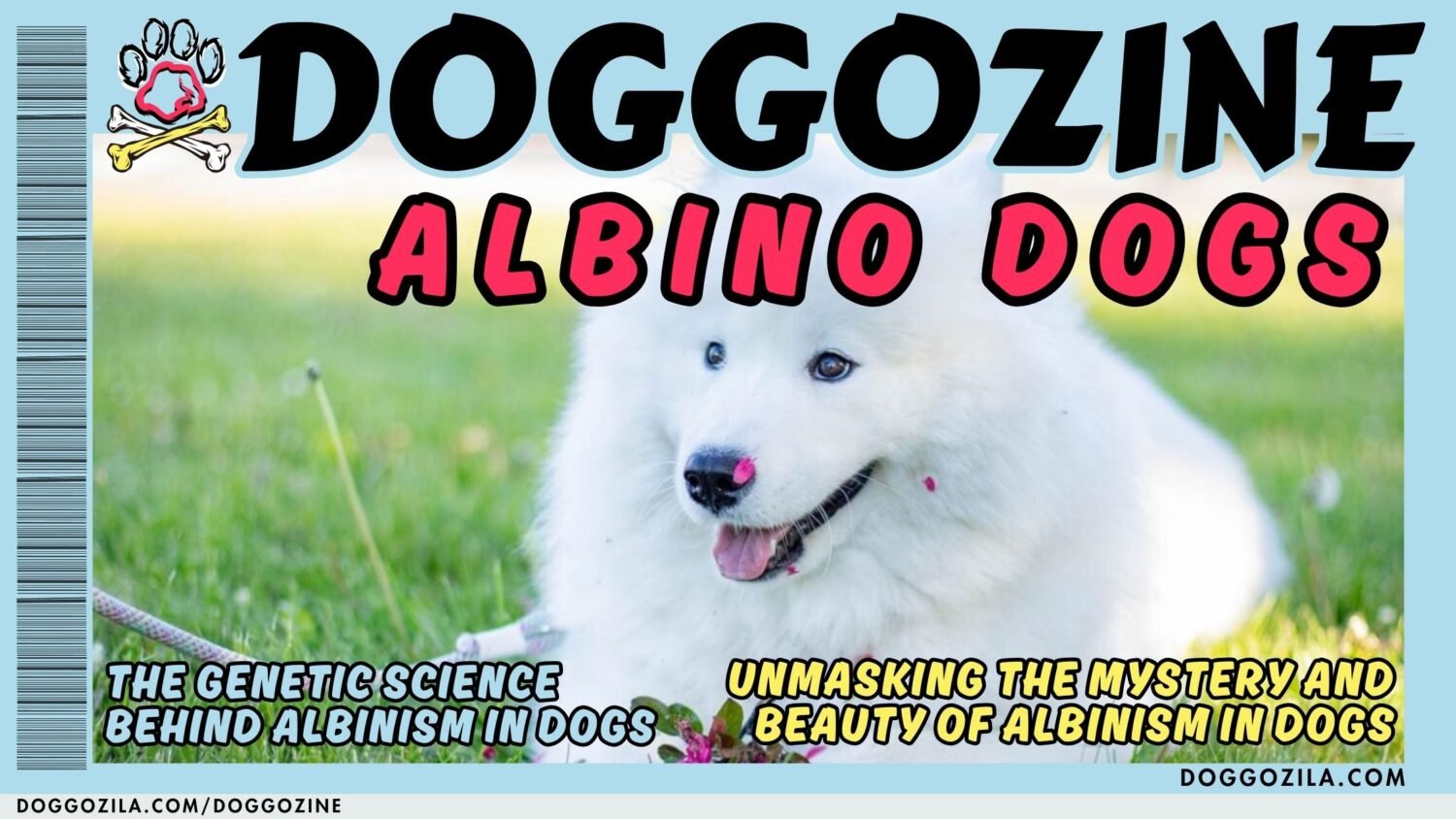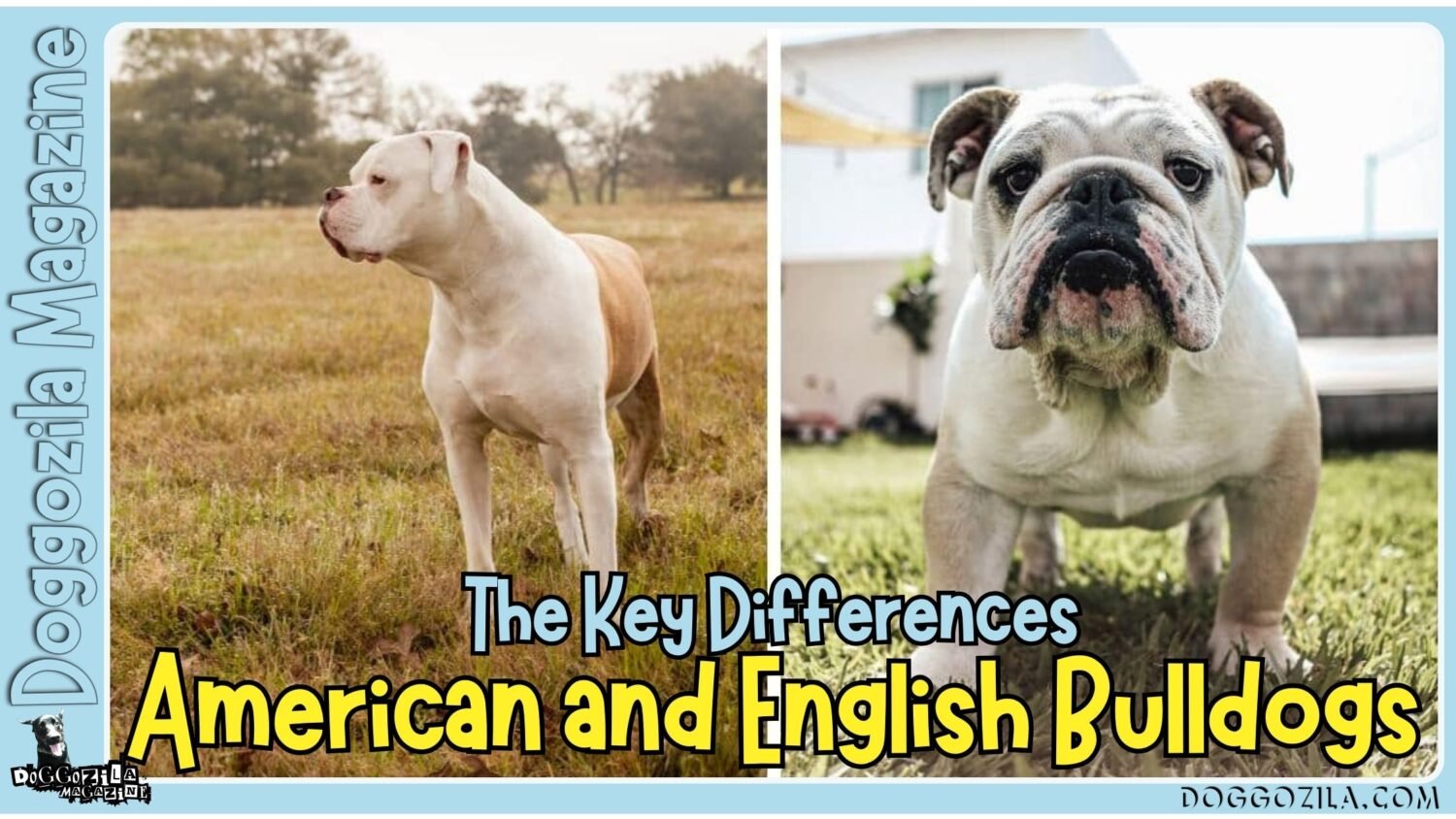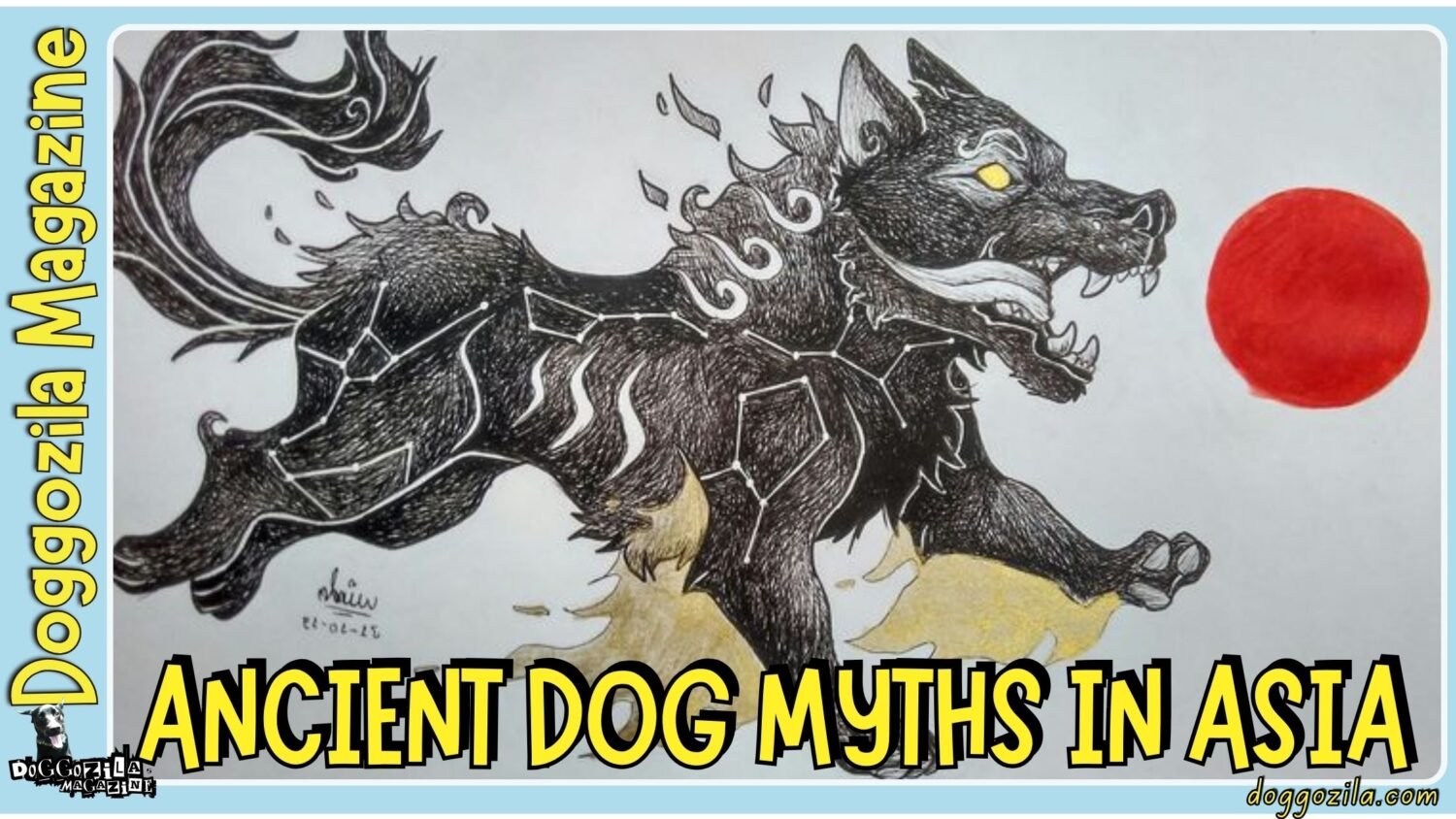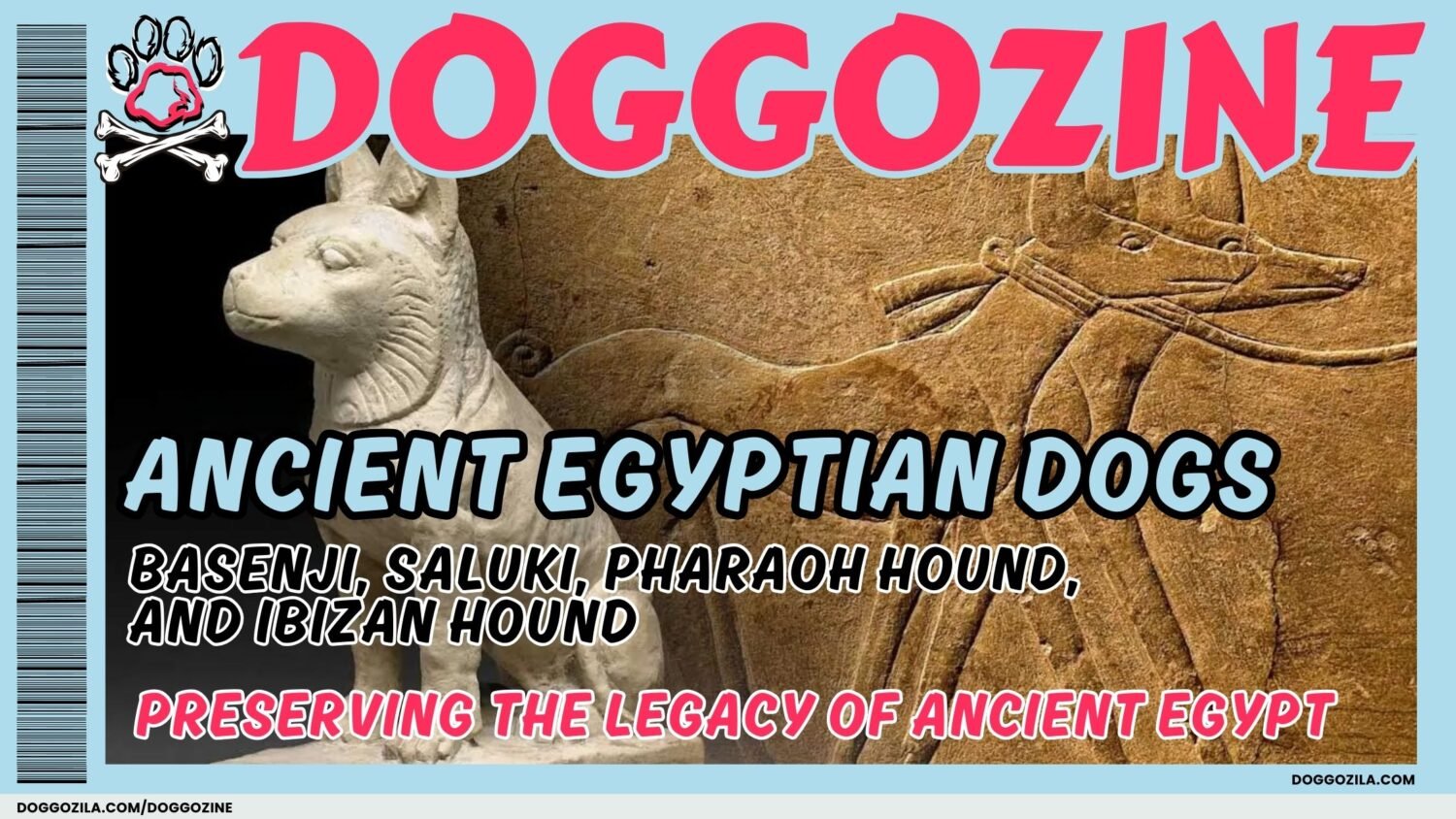We all love our dogs deeply, but we sometimes misunderstand their unique language. They communicate through subtle body signals, not words. Consequently, our loving actions, like hugs and stares, can sometimes cause them stress. Understanding these signals is the key to a happier, safer relationship. Therefore, here are five crucial things your dog is trying to tell you.

Please Stop Hugging Me IS ONE OF THE FIVE THINGS YOUR DOG IS TRYING TO TELL YOU
One of the most important things your dog is trying to tell you is that he might not like cuddles. While we see hugs as affectionate, dogs often feel trapped and unable to move. Consequently, watch for signs like turning their head away, flattening their ears, or licking their lips. If your dog isn’t a hugger, please show your love with a game of fetch or a gentle scratch on the chest instead.
For dogs cuddling can make them not feeling safe and able to move away. They might also lick their lips and nervously look around. If your dog is not a hugger, then show them your love with some play instead.
Your Loving Stare Feels Like a Threat
For humans, direct eye contact is polite and engaging. However, in the dog world, a fixed stare is a challenge. Therefore, when you stare lovingly into your dog’s eyes, they may think you’re being aggressive. Instead, use soft, brief glances to communicate your affection without causing them anxiety.
No more head patting: Dogs Dislike Head Pats
One of the things your dog is trying to tell you is to stop patting their head! Patting your dog’s head first can be uncomfortable for them. Imagine if someone suddenly reached out and touched your face or head – you likely wouldn’t enjoy it. Similarly, your dog might find it unsettling.
The better approach? Get down to their level, offer your hand, and let them come to you. Then try patting their side, back, or chest. If the dog relaxes, you can gently scratch behind their ears and, finally, move to their head. Pause periodically to check if they’re enjoying it. If they push their head back into your hand, your pup is loving the attention!

LET YOUR DOG EXPLORE ON WALKS
Even when in a rush, avoid hurrying your dog during walks. They adore the chance to sniff and investigate their surroundings, which can be frustrating if constantly interrupted. To prevent boredom, vary the routes occasionally. Make time for longer, leisurely strolls regularly, allowing them to explore and sniff to their heart’s content.
Respect Your Dog’s Social Preferences
Dogs are naturally social creatures, but they may dislike certain individuals. Some may bark, growl, or avoid dogs they feel uncomfortable around – that’s perfectly normal. Remember, some pups are simply loners! Never force your dog to interact with others they don’t enjoy. Respect their boundaries and social preferences.
Recognizing your dog’s cues is essential. If their usually happy, wagging tail stops moving, they try to leave, or show signs like lip-licking, yawning, and looking at you nervously, it means they’re uncomfortable. End the activity for the day. If they repeatedly feel anxious around certain dogs, try to avoid forcing interactions.
Understanding Dog Language and Behavior
Dogs communicate remarkably through various signals conveying feelings, needs, and emotions. Comprehending their language deepens your bond. Just like learning a new language, understanding your dog’s communication enhances your relationship. At its core, effective communication fosters mutual understanding between you and your furry companion.

UNDERSTANDING DOG’S BODY LANGUAGE
One of The Five Things Your Dog is Trying to Tell You Is The Tail Wagging
A wagging tail doesn’t always signify happiness. The tail’s speed and position reveal your dog’s mood. A high, rapid wag often means excitement or joy. However, a low, slow wag could indicate submission or uncertainty. Observe the tail’s movements carefully to interpret their emotions accurately.
Second of The Five Things Your Dog is Trying to Tell You Is The Ear Position
Perked-up ears signal alertness, while flattened ears against the head may indicate fear or aggression. Pay attention to their ear positions, as they provide valuable insights into your dog’s state of mind. By understanding these subtle cues, you can better respond to their needs and prevent potential conflicts or discomfort.
Third of The Five Things Your Dog is Trying to Tell You Is The Lip Licking and Yawning
Excessive lip-licking and yawning can signify stress or anxiety in dogs. These behaviors are often displayed when they feel uneasy or overwhelmed in a situation. If you notice these signs, it’s best to remove your dog from the environment and provide them with a calm, safe space to relax.
Fourth of The Five Things Your Dog is Trying to Tell You Is The Avoiding Forced Interactions
It’s crucial to respect your dog’s boundaries and not force interactions with other dogs if they display signs of anxiety or discomfort. Some dogs may feel more comfortable around certain individuals or breeds, while others may cause them distress. By being attentive to their body language and respecting their preferences, you can create a positive environment that promotes their well-being and happiness.
Deepening the Human-Canine Bond
Understanding your dog’s language is a journey of patience, observation, and empathy. By learning to interpret their subtle cues, you can effectively communicate with your furry friend, strengthening the unbreakable bond you share. Remember, every dog is unique, and their communication styles may vary. Embrace this diversity and cherish the opportunity to deepen your connection with your loyal companion.
Fifth of The Five Things Your Dog is Trying to Tell You Is The Dog Facial Expressions
A dog’s facial muscles can convey a range of emotions. For example, a relaxed, open mouth often indicates a contented dog, while a tense mouth may suggest discomfort or aggression.

DOG’S VOCAL COMMUNICATION
Barking Dogs
Dogs bark for various reasons, including alerting, playfulness, and anxiety. The pitch, tone, and frequency of barks can provide clues about what your dog is trying to communicate.
Whining Dogs
Whining can be a sign of distress, discomfort, or the desire for attention. It’s crucial to assess the context to understand the underlying message.
Howling Dogs
Howling is a more primal form of communication. Dogs may howl to announce their presence, express loneliness, or respond to certain sounds like sirens.
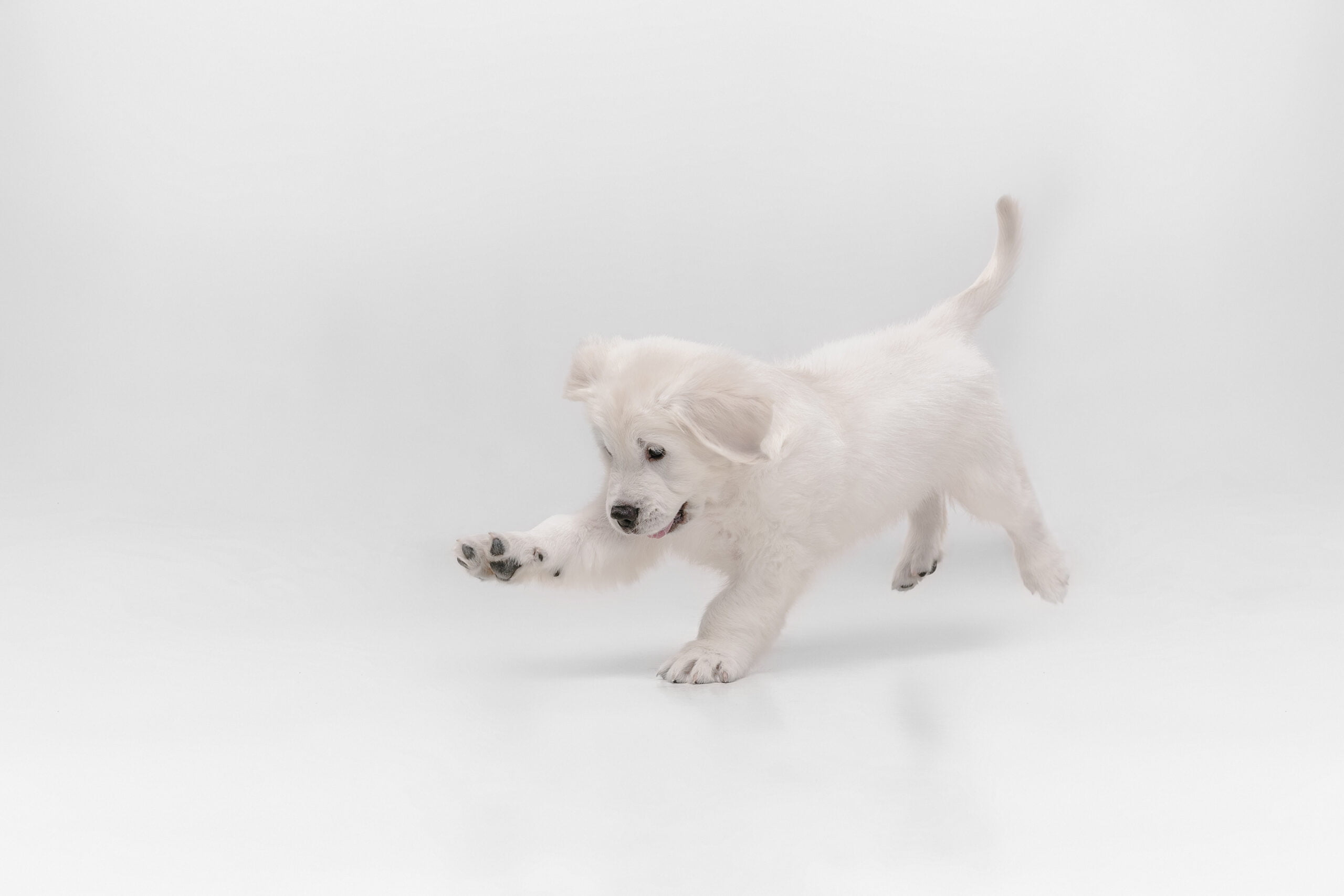
DOG’S GESTURES AND POSTURES
Rolling Over
When a dog rolls over, they may be displaying submission or inviting play. It’s essential to consider the context and other body language to understand the message.
Play Bow
A play bow, where the front of the body is lowered while the rear remains up, is an invitation to play. It’s a universal signal of canine playfulness.
Yawning
Yawning can be a sign of stress or discomfort. When a dog yawns in a situation that doesn’t require sleepiness, it might indicate anxiety or unease.
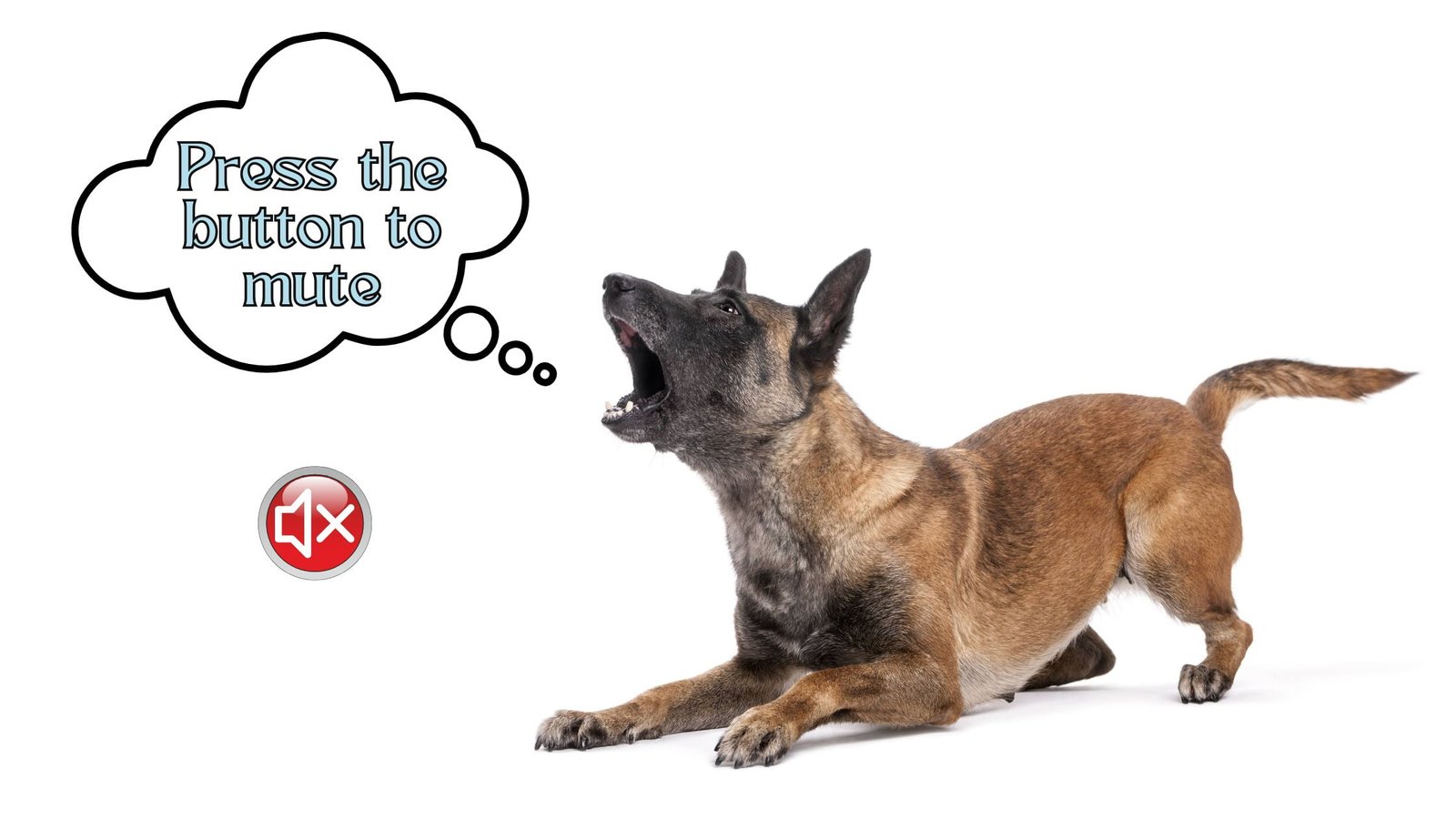
UNDERSTANDING YOUR DOG’S UNIQUE SIGNALS
This are more than five things your dog is trying to tell you and hopefully you will learn when he looks at you awkwardly. Every dog is unique, and their individual personalities and experiences can shape their communication style. Pay close attention to your dog’s specific signals and cues, and you’ll develop a deeper understanding of their needs and emotions.
Brief Sum Up about the Five Things Your Dog is Trying to Tell You
In conclusion, being able to understand your dog’s unique language is a powerful tool. It strengthens the bond between you and your furry companion. By paying close attention to their body language, vocal sounds, gestures, and special signals, you can better meet your dog’s needs. You can ensure their comfort and foster a deeper connection.
When you invest time in learning your dog’s communication style, you’ll be rewarded. Your relationship will become stronger and more fulfilling. Your ability to understand their signals and respond properly will enhance life quality for both of you and your loyal four-legged friend. These were the most crucial five things your dog tries to tell you!
Usually, as dog owners train their dogs, they tend to learn more about their dog’s unique language. They understand what their furry friends are trying to communicate. Check out our TRAIN ROOM for more insights into canine communication!
Explore our comprehensive guide on DOG BODY LANGUAGE to gain a deeper understanding of how your pup expresses themselves. Mastering this nonverbal form of communication will allow you to build an even stronger bond with your beloved pet. You’ll be able to pick up on subtle cues and respond appropriately, ensuring your dog feels understood and their needs are met. From tail wags to ear positions, every movement holds meaning. Unlock the secrets behind your dog’s body language today and learn what your dog is trying to tell you!

